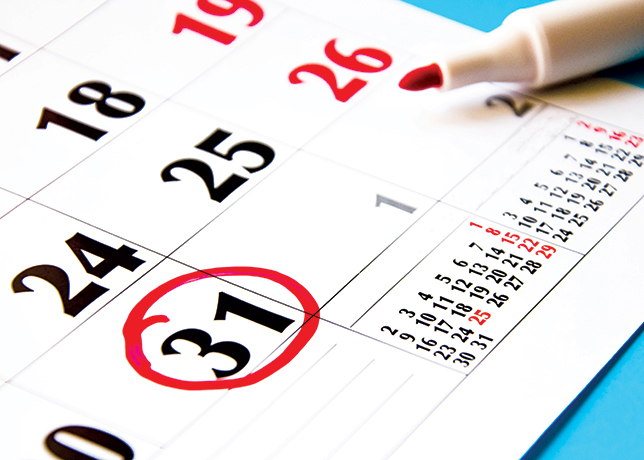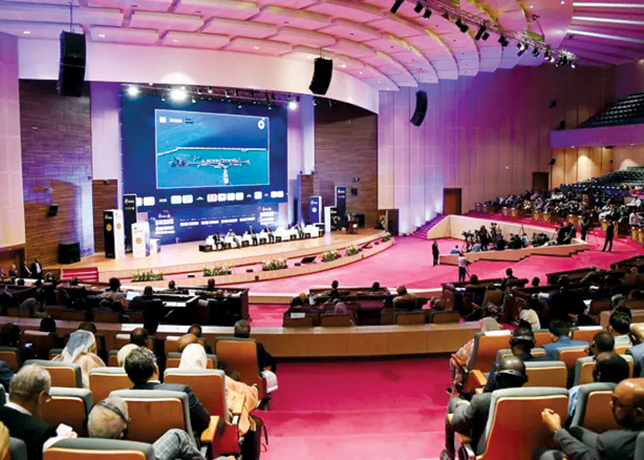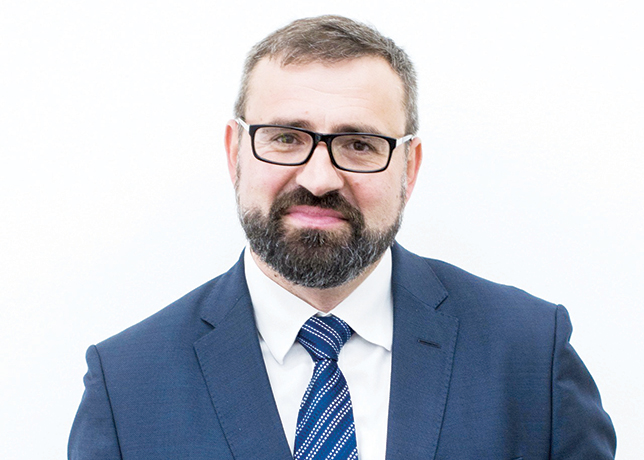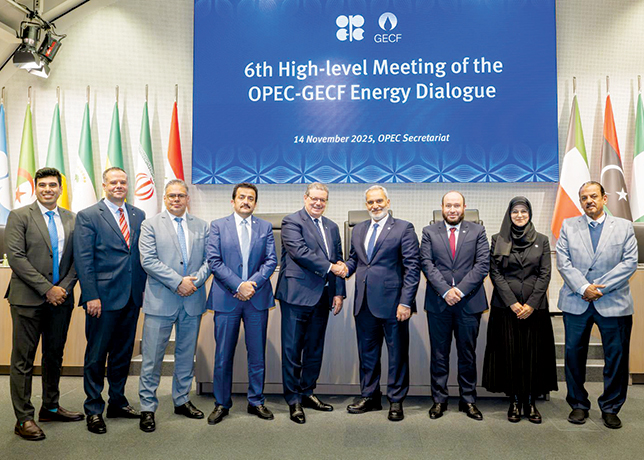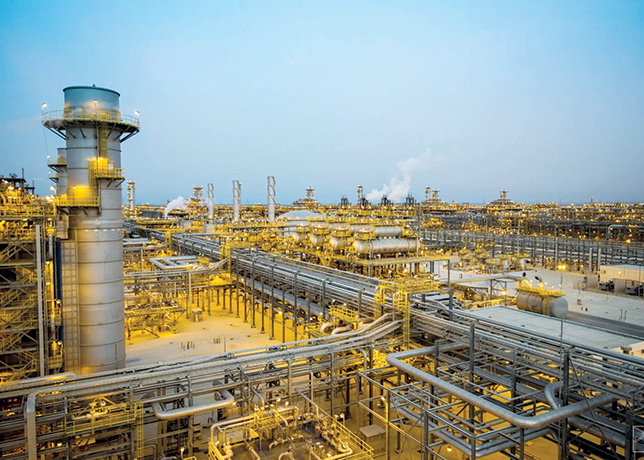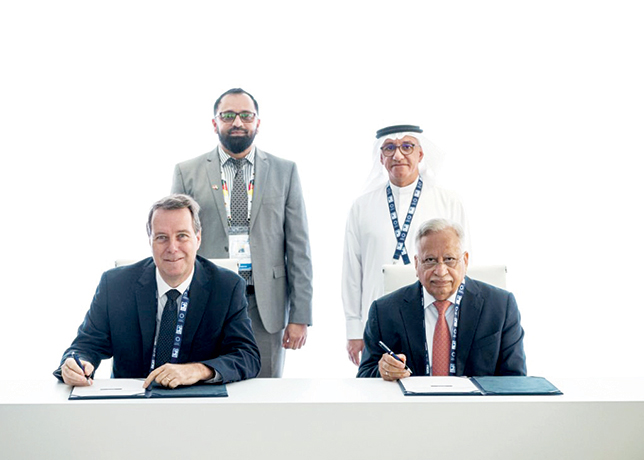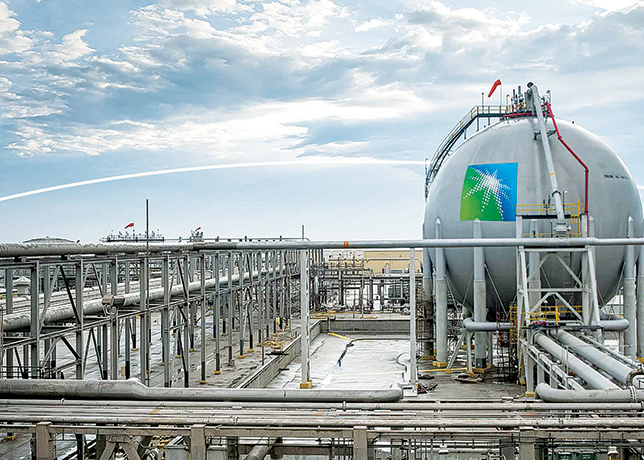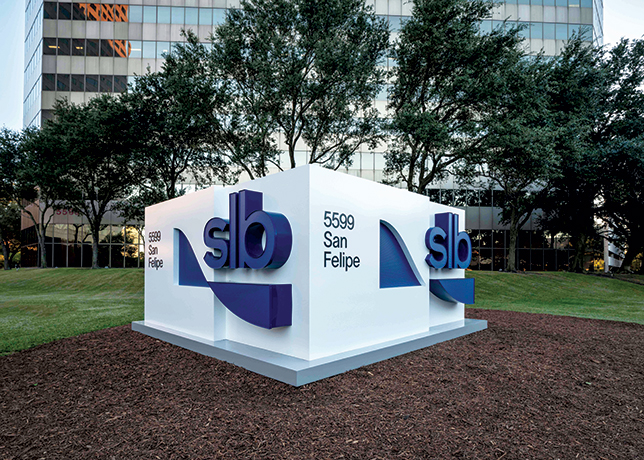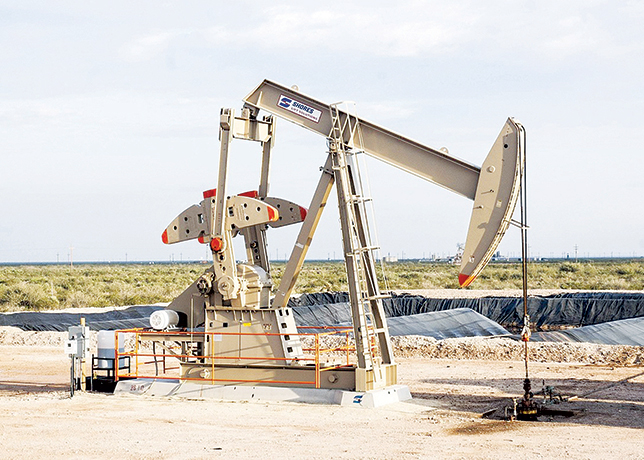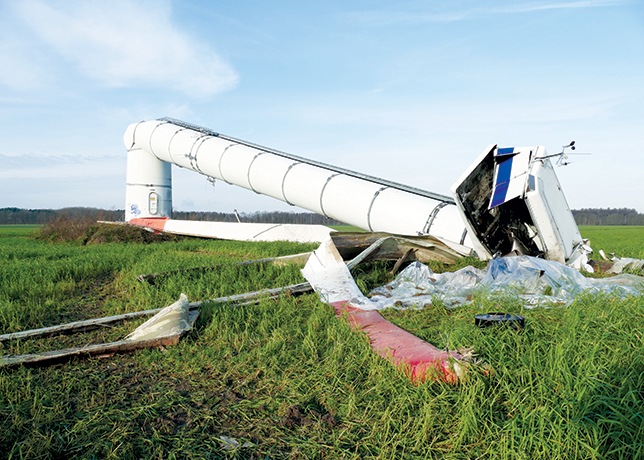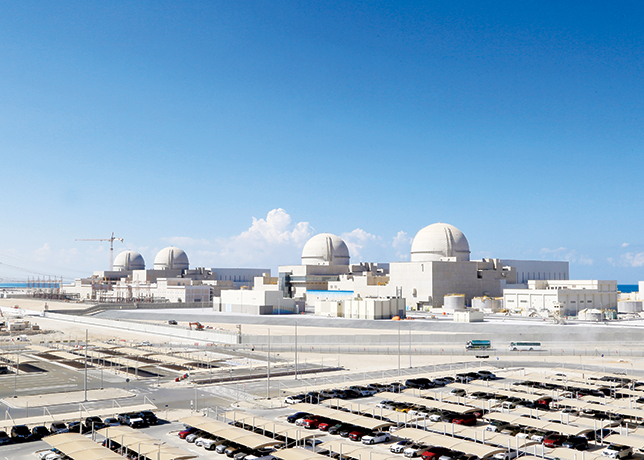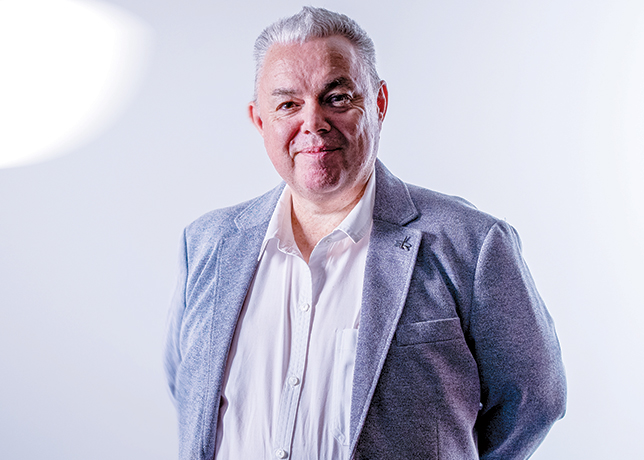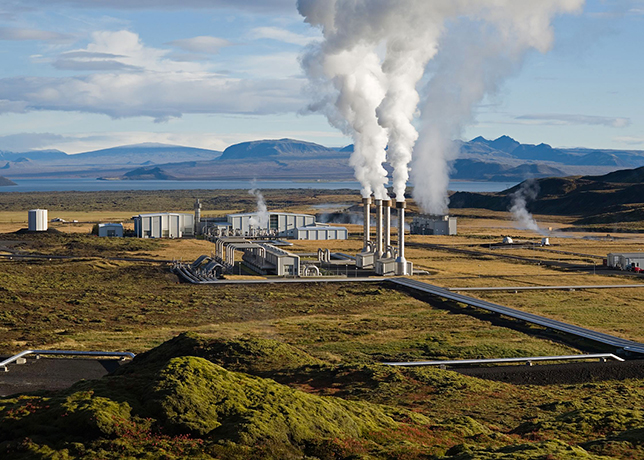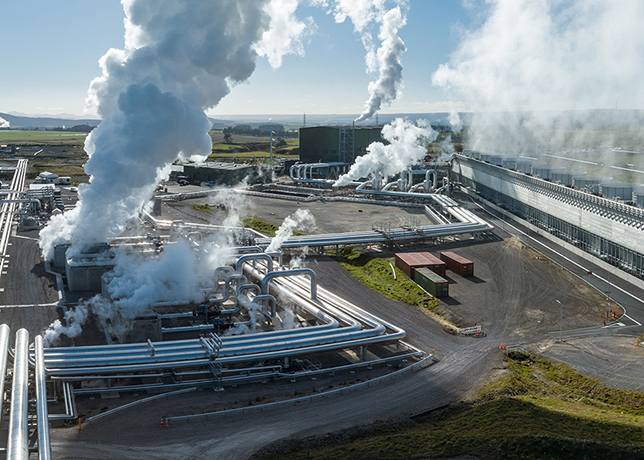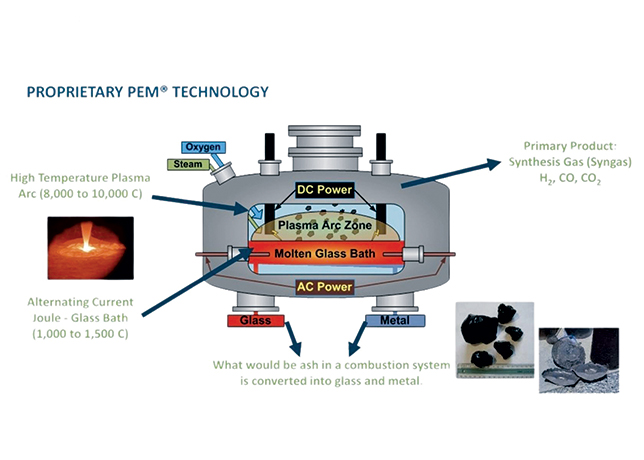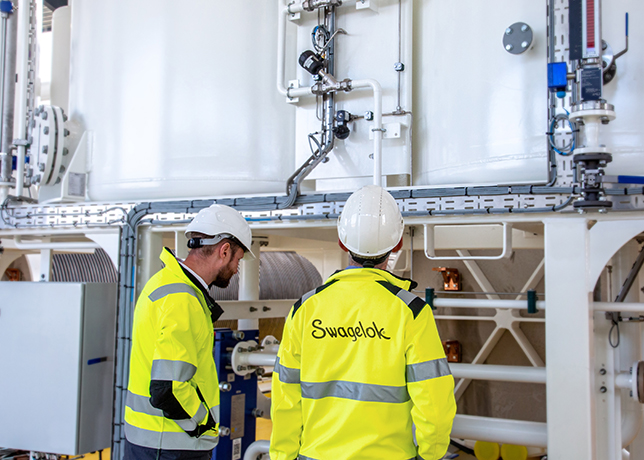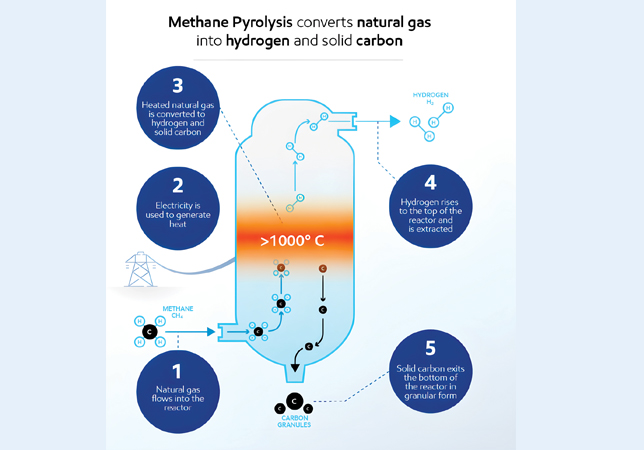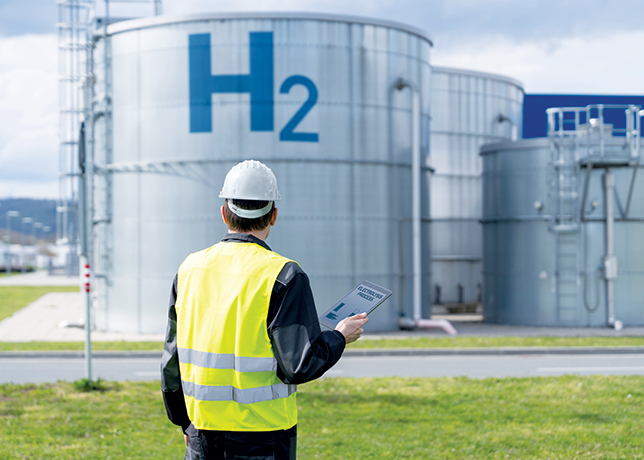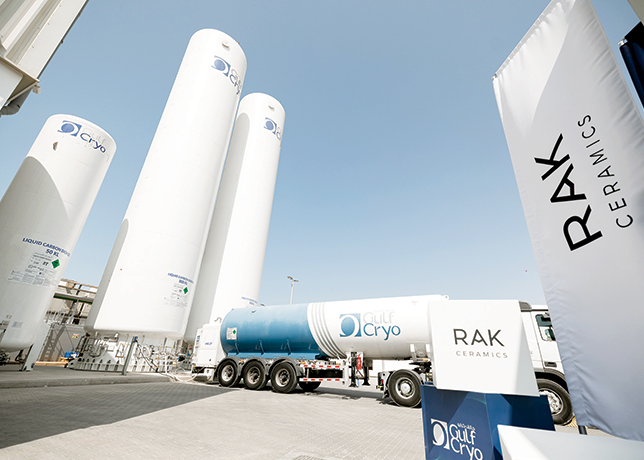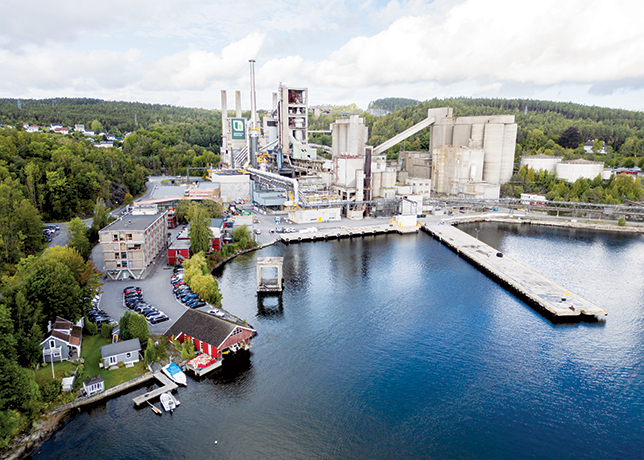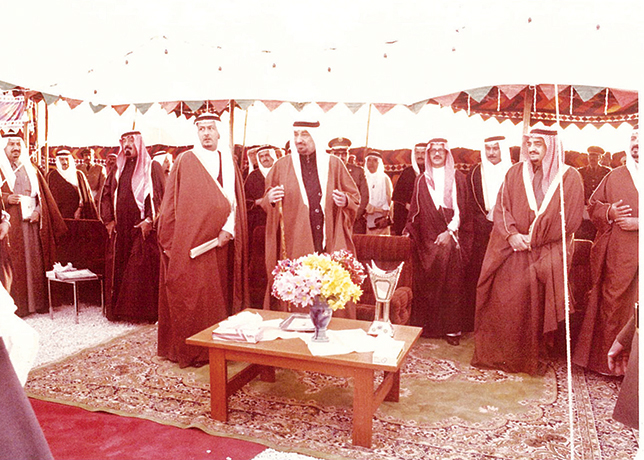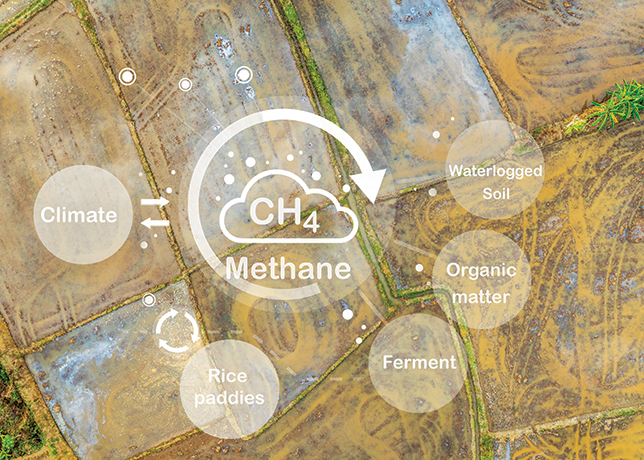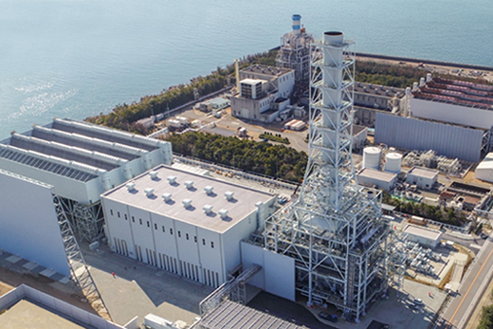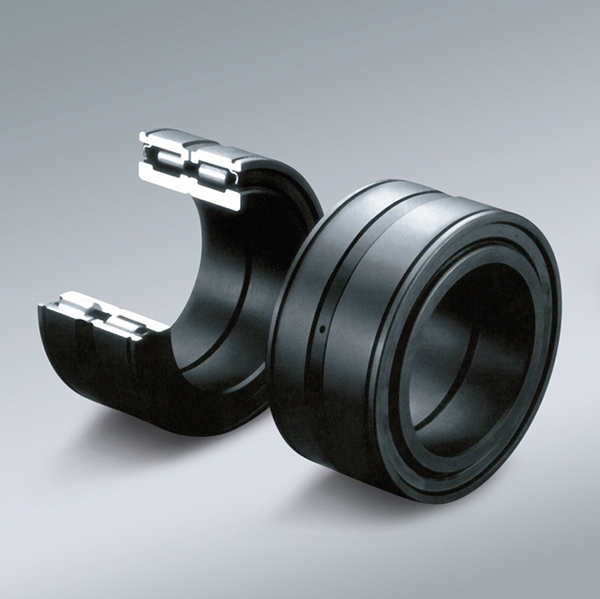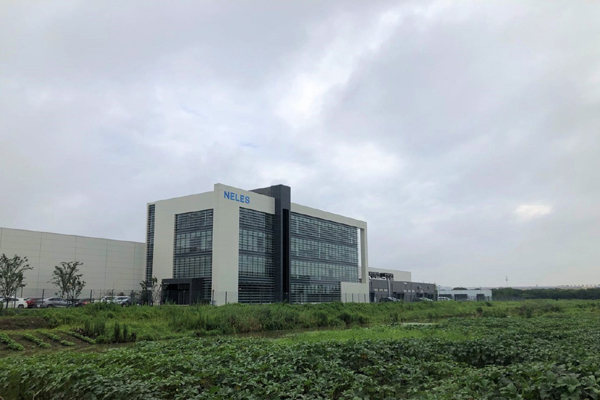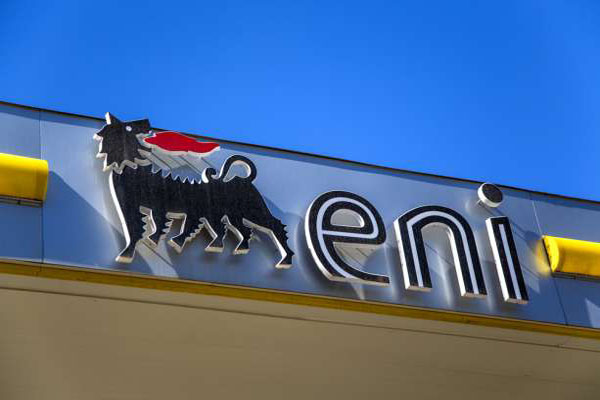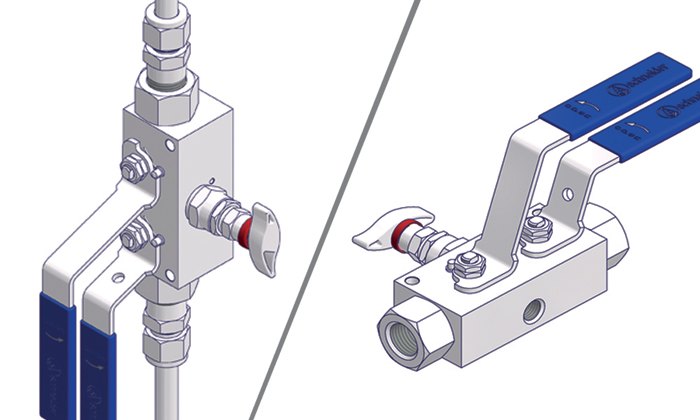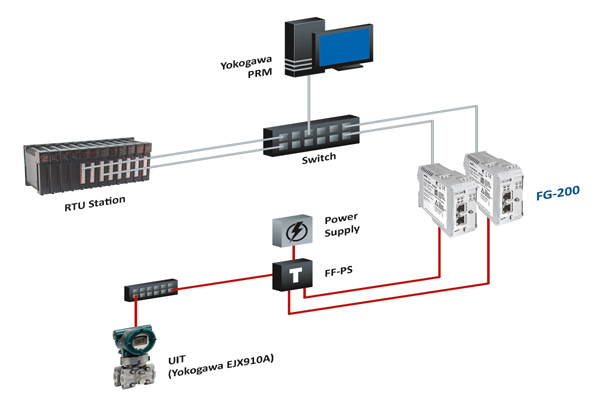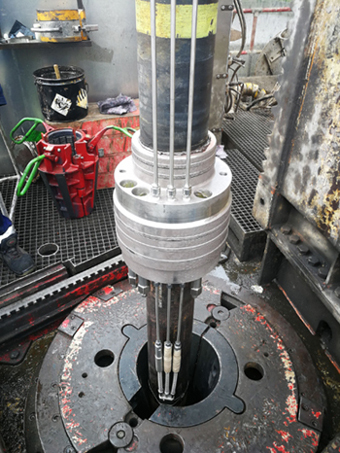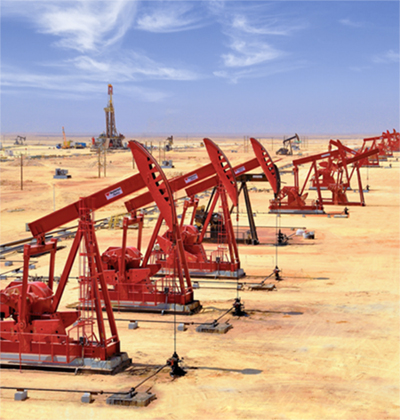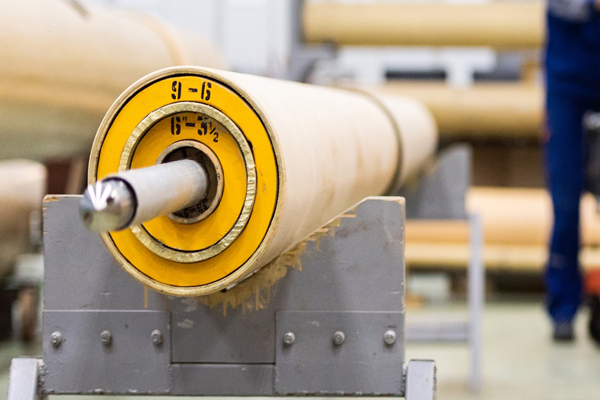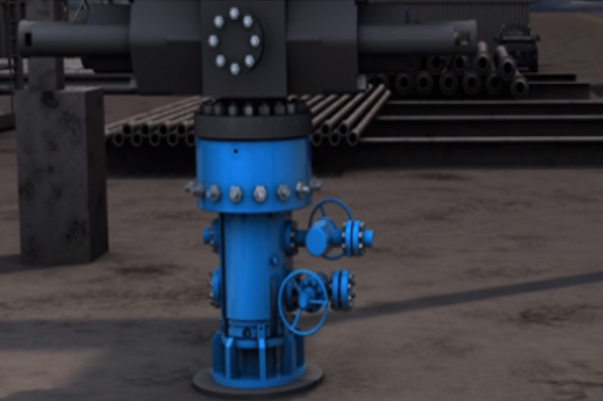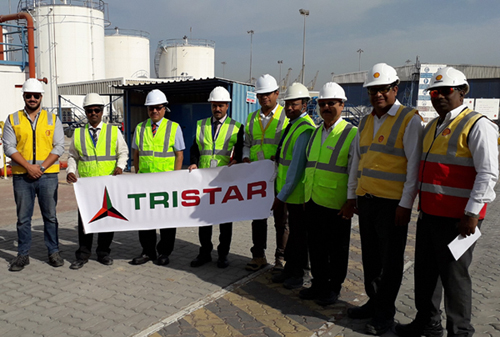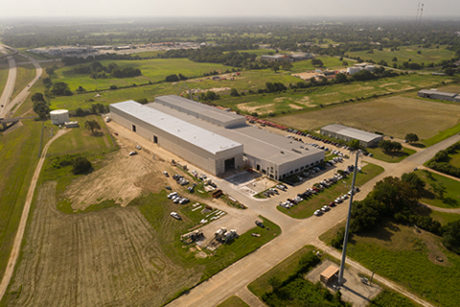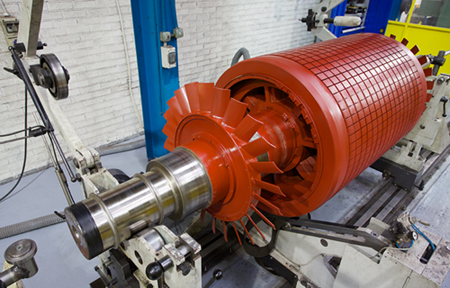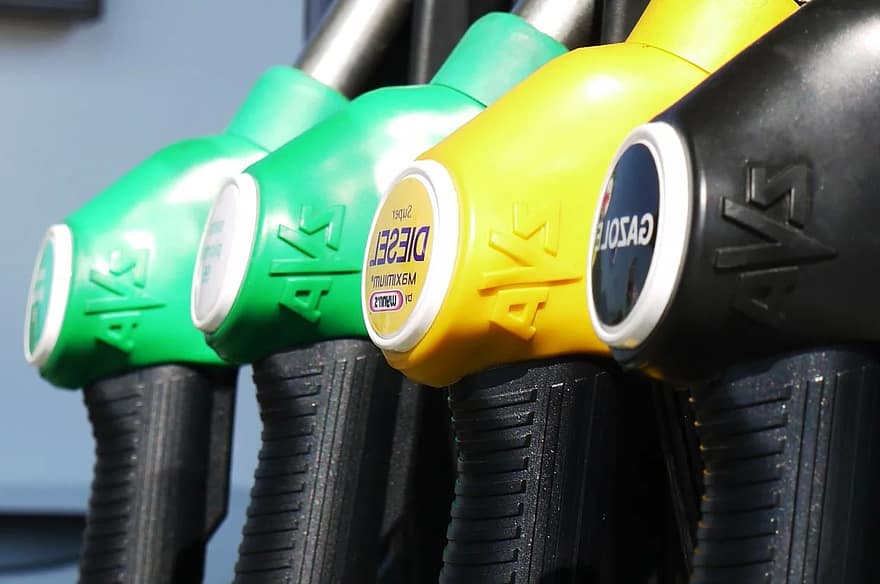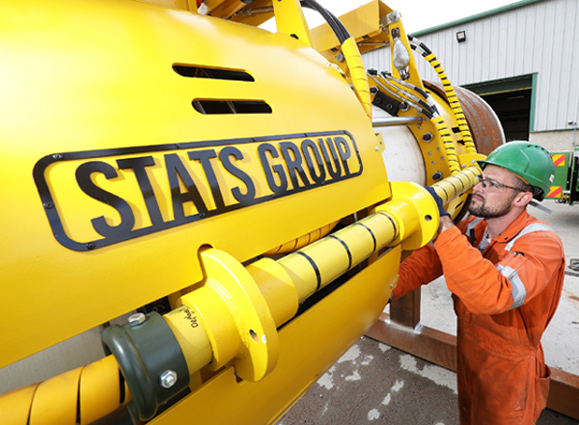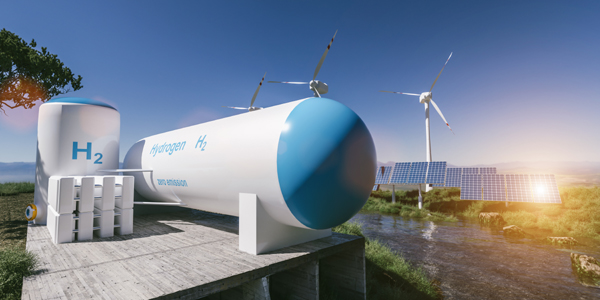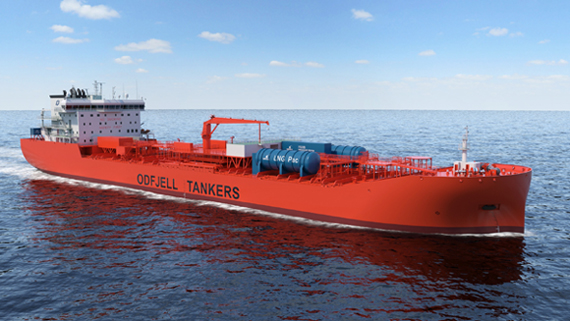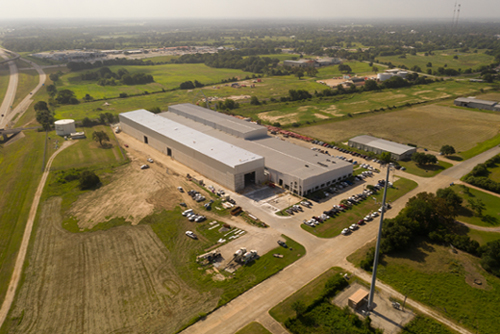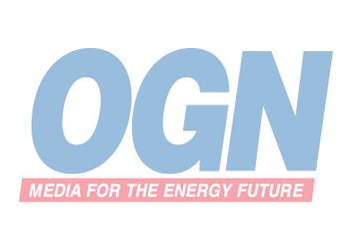

Oman has launched major projects to boost its oil and gas output and enhance its role as a key player in both the global and regional arena.
Omani Oil Minister Mohammed Al Rumhi said last April that the sultanate planned to spend $10 billion over the next five years to raise crude oil production to 900,000 bpd by 2010 or 2011 from 780,000 bpd.
Omani production has been in decline since peaking at one million bpd in 2000, averaging around 740,000 bpd in 2006.
Petroleum Development Oman (PDO) will invest $2 billion in various oil and gas development programmes across the country this year, a report said.
“Every year we invest around $2 billion,” said PDO managing director John Malcolm, adding one of the major projects to receive investment is the ongoing Harweel enhanced oil recovery programme.
State-owned PDO last year awarded a $1 billion engineering, procurement and construction contract to British Petrofac for the second phase of the Harweel cluster development expected to deliver 65,000 barrels per day (bpd) of oil and condensate by 2009.
Other major enhanced oil recovery programmes are also planned at Qarn Alam, Marmul and Fahud.
The company will also follow last year’s successful completion of the Saih Nihayda gas processing plant with investment in a similar 20 million cubic metres per day gas compressing facility at Kauther in central Oman.
PDO has signed two separate engineering procurement and construction contracts for the Qarn Alam steam injection project, the world’s largest thermal enhanced oil recovery project that is expected to raise oil production capacity in the Sultanate.
The first contract, for on plot facilities (those erected at the field site), was signed with the Dubai-based Dodsal Group, while the second contract, for off plot facilities (the oil and water flowlines and associated hardware outside of the filed site) was signed with the local Galfar Engineering and Contracting.
The Qarn Alam steam injection project is the world’s first full-field steam-injection project based on thermally assisted gas/oil gravity drainage in a fractured carbonate field.
“This is a major project on a global scale: the largest thermal enhanced oil recovery project in the world. We will drill over 150 wells and build facilities to treat supply water and generate some 18,000 tons a day of steam, said PDO oil director of northern assets Saif bin Hamed Al-Hinai.
PDO is a joint venture between the Omani government (60 per cent), Shell (34 per cent), Total (four per cent) and Partex Corporation (two per cent).
It accounts for more than 90 per cent of Oman’s total oil production.
PDO also received shareholder approval to proceed with the full development of the Mabrouk field to produce up to 20,000 barrels per day (bpd) of oil and two million cubic metres of gas by 2009, the company said.
The new field development plan, which was discovered in 1979 and is currently producing around 8,000 bpd, calls for the drilling of up to 80 new wells and the construction of a new production station and gathering system.
The project is being fast-tracked so the additional incremental production is expected onstream in late 2009.
The field is expected to produce around 15,000 to 20,000 bpd of oil and one to two million cubic metres per day of gas.
The gas will be delivered to the Saih Rawl gas processing plant where it will enter the Government Gas System.
To date, just one per cent of the oil-in-place at Mabrouk has been produced. The full-field development plan will increase the recovery factor to around 10-12 per cent.
“This is an important project that will help sustain PDO’s oil production over the long term,” said Malcolm. “It highlights the continued potential for conventional oil production in the Sultanate.”
Meanwhile, GS Caltex Corp and Qalhat LNG have signed a master sale and purchase agreement.
Under the agreement, Korea’s second-largest oil refiner will import LNG produced by the Oman-based company.
With an estimated natural gas deposit of 35 trillion cubic feet, Oman is one of the leading producers of LNG in the Middle East.
Qalhat LNG, Oman’s second LNG exploration project operated by the Oman government and Oman LNG LLC, has been producing 3.7 million tonnes of LNG each year since 2005.
GS Caltex said it will be paid $50 million to operate a newly built refinery in Oman until 2010, a deal that heightens cooperation between South Korea’s second-largest refiner and the energy-rich nation.
The amount is the largest paid to a South Korean refiner in return for technical skills on operation and maintenance.
The refinery in Sohar, with production capacity of 120,000 barrels per day (bpd) and a 75,000 bpd residual fluid catalytic cracking, is smaller than plants operated by GS Caltex in South Korea.
The refiner, a 50-50 joint venture between GS Holdings and US major Chevron Corp, won the deal to operate the Oman refiner in September 2003, beating more than 10 oil majors eyeing the resource-rich region.
In a another development, Oman’s oil minister said a proposed refinery and petrochemical complex on Oman’s south-east coast could cost more than $7 billion to develop.
Oman is considering building the refinery, the country’s third, with a capacity of 200,000 to 300,000 barrels per day, a Ministry of Oil official said in December.
It was reported in February that the government had hired Britain-based Jacob’s Engineering to advise on the project and said it could cost as much as $7 billion to develop.
“It could be more than that,” Al Rumhi said.
Oman is set to become an important centre for developing economical and effective enhanced oil recovery (EOR), according to Royal Dutch Shell’s chief executive Jeroen van der Veer.
“Shell recently established an EOR research centre in the sultanate and PDO is undertaking a major EOR project to raise recovery at Harweel as much as fourfold,” he said.
Iran has signed a deal to export gas to nearby Oman that could open new export routes for the Islamic Republic well beyond the neighbouring Arab state.
Under the agreement, the Iranian Oil Ministry Web site said Iran would export one billion cubic feet of gas to Oman, a small gas producer itself which already has an export terminal to make LNG.
Analysts say Iran could use Oman as a transit route for its gas, which could be processed at Oman’s Qalhat LNG plant.
The plant can make just under 10 million tonnes of LNG per year.
Meanwhile, Oman’s crude oil exports dropped about 10 per cent in the first four months of 2007 to 74.6 million barrels from 82.9 million barrels in the same period of 2006, a report said.
Swedish upstream minnow Tethys Oil has completed testing on the Jebel Aswad re-entry on Block 15 in Oman striking hydrocarbons on two separate reservoirs.
The Natih limestone penetrated a total of 848 metres of hydrocarbon-bearing limestone in a horizontal sidetrack that had a total measured depth of 3,830 metres, the company said in a statement.
On testing, the Natih flowed 11,030 mcfd and 793 barrels per day (bpd) of 57API condensate (total of 2,626 boed) through a one-inch choke. The flow rates were constrained due to production tubing size restriction.
A senior official at the Omani Oil and Gas Ministry said that Oman is planning to boost its output of gas by 14 per cent to 72.9 million cubic metres per day (mcmpd), up from 63.9 mcmpd produced last year, a report said.
India has sought to purchase an unspecified amount of additional LNG supplies from Oman.
It’s unclear if India is seeking to buy spot cargoes or enter into long-term contracts to meet domestic shortfall in natural gas supplies.
Korea Gas Corp (Kogas) said it would set up a $10 million venture with Oman to jointly trade and store LNG.
Oman’s Qalhat LNG has signed an agreement with Oman Trading International to market products of the country’s LNG train, the two companies said in a statement.
Oman Trading is a joint venture of Oman Oil Co and European energy trader Vitol.
Qalhat said most of its LNG production has been contracted to Union Fenosa Gas of Spain, Mitsubishi and Osaka Gas on long-term purchase agreements.
With the Qalhat plant starting commercial operation early last year, Oman’s LNG output rose to 10 million tonnes per year.
Engineering, procurement and construction firm Punj Lloyd Limited said it has bagged a $124.3 million contract from Oman Gas Company for construction of pipelines.
India’s Reliance Industries plans to drill exploratory oil and gas wells on its offshore Block 18 in Oman toward the end of the year, a report said.
Brazilian national energy company Petroleo Brasileiro SA (Petrobras), is close to a deal to bring LNG from Oman to Brazil.







